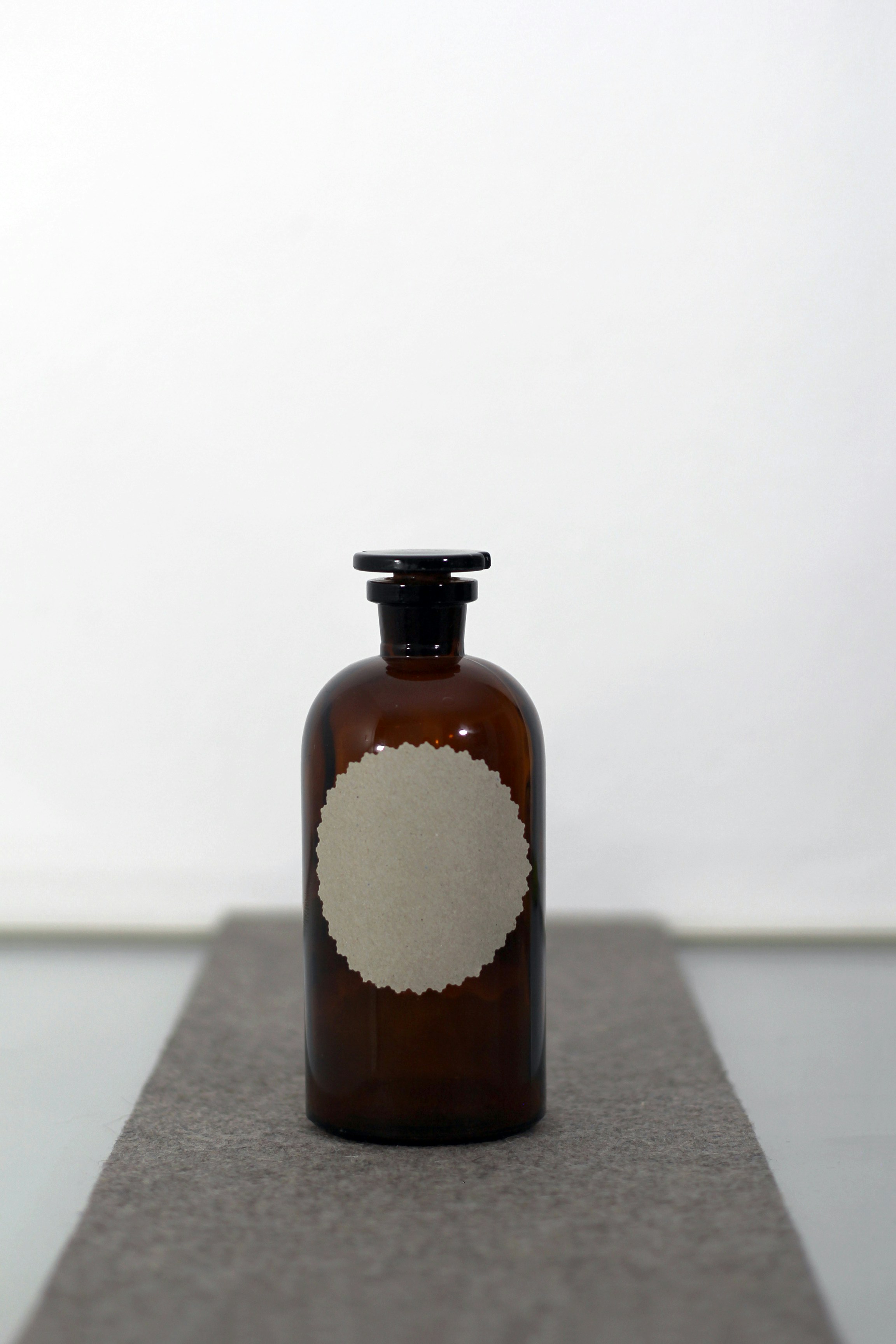Introduction to Bottle Filling and Capping Machines
In the fast-paced world of production lines, efficiency is key. As businesses strive to streamline their processes and boost productivity, bottle filling and capping machines have emerged as essential tools in modern manufacturing. These innovative machines not only speed up operations but also ensure consistency and precision—two critical factors that can make or break a product’s success on the market. Whether you’re involved in food and beverage, cosmetics, or pharmaceuticals, understanding the value of these machines can transform your production capabilities. Let’s dive into how they work and explore the numerous advantages they bring to your workflow!
How Does a Bottle Filling and Capping Machine Work?
A bottle filling and capping machine operates with precision and efficiency. It begins with the bottles being fed onto a conveyor system. This automated process eliminates manual handling, setting the stage for seamless operations.
Next, the machine fills each bottle to a predetermined level. Sensors ensure that every container receives just the right amount of liquid, whether it’s water, juice, or any other beverage.
Once filled, bottles move on to the capping station. Here, caps are dispensed and securely placed on top of each bottle. The machine employs various methods such as screw-on or snap-on caps depending on product requirements.
Quality control checks may be incorporated into this system to guarantee that each product meets industry standards before packaging. This integration enhances productivity while minimizing errors throughout production cycles.
Advantages of Using a Bottle Filling and Capping Machine in Production Lines
Using a bottle filling and capping machine can revolutionize production lines. These machines streamline the bottling process, making it faster and more efficient.
Accuracy is another significant advantage. They ensure that each bottle gets filled to the correct level, minimizing waste and bottle filling and capping machine automatic maintaining quality standards. This precision helps build customer trust in your brand.
Labor costs also see a reduction with this technology. Fewer workers are needed for manual tasks, allowing companies to allocate resources elsewhere. The risk of human error decreases too, leading to fewer costly mistakes during production.
Flexibility is key as well; these machines can handle various bottle sizes and types easily. Whether you’re working with glass or plastic containers, adapting becomes seamless without major adjustments.
All these advantages contribute to enhanced productivity on the production line while ensuring high-quality output consistently.
Time and Cost Efficiency
Time savings are one of the most significant benefits of using a bottle filling and capping machine. These machines can operate at high speeds, allowing for thousands of bottles to be filled and capped in just hours. This efficiency translates into quicker production cycles.
Cost efficiency is equally impressive. By automating these processes, businesses reduce their reliance on manual labor, which saves money on wages and training costs.
Additionally, fewer errors mean less waste. When human error decreases, so does product loss from spillage or mislabeling.
With energy-efficient designs available today, companies also benefit from lower operational costs over time. Investing in a quality bottle filling and capping machine pays off by streamlining production while keeping expenses manageable.
The result? Increased output without sacrificing quality—a win-win situation for any production line looking to thrive in a competitive market.
Improved Accuracy and Consistency

Accuracy is crucial in any production line, especially when it comes to filling and capping bottles. A bottle filling and capping machine takes the guesswork out of this process. Each cycle delivers precise amounts of liquid into each container.
With advanced technology, these machines consistently maintain fill levels within tight tolerances. This means fewer rejects due to overfilling or underfilling.
Furthermore, consistent capping ensures that every bottle is sealed properly. No more loose caps or spills technology during shipping and handling.
The result? Enhanced product quality and reduced waste. Manufacturers can trust that each bottle leaving the production line meets strict quality standards while maintaining brand integrity.
Investing in a reliable machine translates directly into operational success through improved accuracy and consistency throughout the entire bottling process.
Reduced Labor Costs and Human Error
Using a bottle filling and capping machine significantly cuts down on labor costs. Automation reduces the need for large teams, allowing businesses to allocate resources more efficiently.
With fewer employees needed for repetitive tasks, companies can focus their workforce on higher-value activities. This shift not only enhances productivity but also leads to better job satisfaction among remaining staff members.
Additionally, machines excel in precision. They minimize the risk of human error that often occurs with manual processes. Mistakes like overfilling or underfilling bottles can be costly and damage brand reputation.
By ensuring consistent performance across every unit produced, these machines help maintain quality standards. The result is a smoother operation that builds trust with customers who expect reliability in their products.
Flexibility in Packaging Options
A bottle filling and capping machine offers remarkable flexibility in packaging options. This adaptability allows manufacturers to switch between different bottle sizes, shapes, and materials with ease.
Whether it’s glass, plastic, or biodegradable containers, these machines can handle various formats without extensive downtime for adjustments. Quick changeovers mean that production lines can cater to diverse customer needs or seasonal demands swiftly.
Moreover, integrating new cap styles is straightforward. Different caps—like flip tops or child-resistant closures—can be accommodated seamlessly. This versatility not only enhances product appeal but also positions brands competitively in the marketplace.
With a focus on customized solutions, businesses can explore unique designs that set their products apart from competitors while ensuring operational efficiency remains intact. The potential for innovation expands significantly when utilizing advanced filling and capping technology tailored to specific market trends and consumer preferences.
Conclusion

Investing in a bottle filling and capping machine can significantly enhance your production line’s efficiency. These machines are designed to streamline the bottling process, leading to faster output without compromising on quality. The ability to automate tasks reduces labor costs while minimizing human error, contributing to overall operational success.
With numerous packaging options available, these machines offer flexibility that meets various product requirements. They cater not only to different bottle sizes but also accommodate various liquid types—from water and beverages to chemicals and pharmaceuticals.
Adopting this technology means embracing precision and consistency in every batch produced. As facilities demand higher production rates, incorporating a bottle filling and capping machine is more than just an upgrade; it’s a strategic move toward sustained growth in today’s competitive market landscape.

